Making dislikes private – Will YouTube’s move give a respite to creators & brands?
YouTube recently announced that it is making a change in the way ‘Dislikes’ are displayed on videos, making the dislike count private. While the creators can see the dislike numbers in their YouTube Studio, this will be hidden from the viewers. This has been done to limit the misuse of this option, while also providing indepth insights to the consumers on their video’s performance. With these changes, viewers will still be able to hit the ‘Dislike’ button and share their inputs with the creators privately as the application is not completely disabling the dislike option. The change has come as a result of attacks on users, where the dislike option has been used to harm a video’s performance.
YouTube’s Creator Liaison Matt Koval shared a video on YouTube, saying, “Groups of viewers are targeting a video’s dislike button to drive up the count, turning it into something like a game with a visible scoreboard, and it’s usually just because they don’t like the creator or what they stand for. That’s a big problem when half of YouTube’s mission is to give everyone a voice.”
“As part of this experiment, viewers could still see and use the dislike button, but because the count was not visible to them, we found that they were less likely to target a video’s dislike button to drive up the count. In short, our experiment data showed a reduction in dislike attacking behaviour,” he added.
This feature will not only have an impact on creators, but also the brands who use YouTube to promote their campaigns and showcase their work to the audiences. The impact can be both positive and negative, but will this reduce the trolling and backlash that creators are facing?
Speaking on the positive step taken by YouTube, Siddharth Devnani, Co-Founder & Partner, SoCheers, said, “YouTube has made it simpler for brands to quantitatively measure effectiveness of content pieces. YouTube was the only mainstream social platform with a public counter for ‘Dislikes’. And, this step is more likely to bring better parity in terms of comparing the performance on one platform vis-a-vis another.”
“Giving a background of human/ consumer’s thought process, generally, a user does check a few factors before consuming content on YouTube or Facebook or any other platform. ‘Dislikes’ and ‘comments’ primarily top that chart. Thus, the large number of ‘dislikes’ might intimidate a lot of users, probably convincing them to skip/not watch a video, even if it is a worthy one. So, to hide the counter and letting the content creators receive ‘dislikes’ (if any) privately is a positive step in that direction. Having said that, this step will let content creators get genuine feedback and validation from the audience which is yet another important aspect of measuring content performance. Therefore, all brands investing in YouTube will be happy with the change”, he further added.
Devnani remarked, “Well, it may not reduce backlash, hate and trolling as ‘trollers’ would find their way via YouTube’s comments section which is their favourite place on the Internet.”
Chimp&Z Inc Vice President Ashish Duggal noted, “Change is the only constant, and we are set to embrace this new change with open arms as there are lesser alternatives. However, on the plus side, this approach makes more sense for brands and partner agencies as it compels them to work an extra mile developing quality and engaging content that is not influenced by the number of likes or dislikes. The genuine impact of the marketing effort will be seen in the number of sales and numbers reflected in balance sheets, not the total number of likes. Likes and dislikes were always indications rather than success criteria. While views continue to be the king, we are excited and all set to produce clutter-breaking content ideas and IP for our brands. Someone recently said to me, create a campaign that is worth running for 100 years! Brands should not be worried.”
According to CupShup’s Co Founder, Sidharth Singh, “With social media platforms in the spotlight for wrong reasons lately, everyone is in self-regulation mode to give an impression to authorities that they are doing enough at their end to curb the menace. More often than not, platforms come up with Band-aid for wounds that need surgical ops. Now whether this is a Band-aid or well thought out strategy to encourage creators, only time will tell. However, there are certainly a few questions that need to be asked at this stage.”
“First, YouTube is a platform that connects creators with consumers. While prima facie, the benefactor looks like the creator, what if the consumers end up with more vile and despicable comments because they aren’t finding a medium to channel their hate. In such a scenario, the creator will end up getting more hate and will be exposed to more targeted harm that this policy aims to address. After all, the dislikes often emanate from a political belief or personal controversy and not because the content is bad. The army of trolls will come back with vengeance equipped with other vile options when only dislikes would have sufficed. The fact that YouTube’s video announcing this feature raked up so many dislikes points to the deep mess we are talking about. Secondly, it also infringes on the rights of viewers, for whom dislikes on genuine videos acted as a parameter for whether to go ahead with watching a video or not. While Matt Koval claimed that it had no impact on viewership as per their research, a blanket rollout will affect viewership for consumers who rely on more than the algorithm to watch the video,” he opined.
Singh further noted, “Being a tech company, can’t we have a calibrated approach where the algorithm figures out whether the dislikes are from bots and shady accounts and take action or work with local authorities to come up with legal measures to counter the hate. But then, that would call for more than a band-aid.”
Digichefs Co-Founder Deep Mehta observed: “Brands are definitely going to welcome this feature since it helps them stay away from ‘dislike mobs’. Needless to say, the dislike button acts like feedback from the real audience out there. However, the #ban trend on Twitter and likewise, dislike mobs on YouTube have hurt brands badly in recent times, even in cases where brands were utmost sincere but still received the hatred.”
He felt, “For the genuine consumers, this may not be a welcome move though. One of the easiest ways to understand if a video on YouTube is fake was to look at the dislike count! Not having the count there only means that we will have to either read the comments or spend time analysing the content ourselves. Of course, users will soon figure out an alternate way with the first comment to be like “use me like a dislike button” and serve the purpose.”
“To be honest, I am not really a fan of YouTube in this case. There are bigger problems to solve under the YouTube ecosystem right now. Showing the dislike count privately to the creator in no way will help mental health anyway,” Mehta concluded.










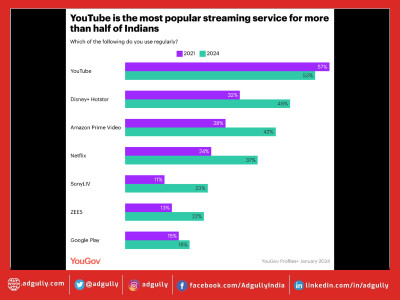
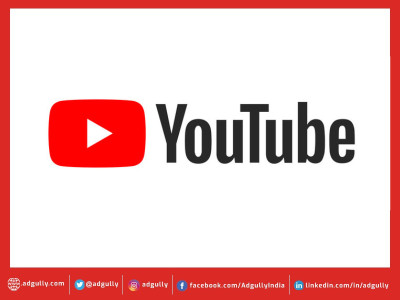




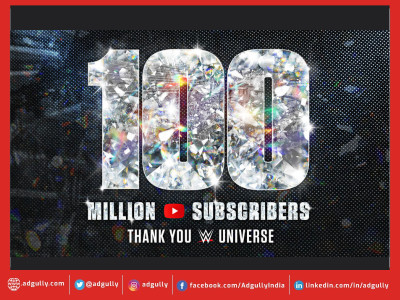
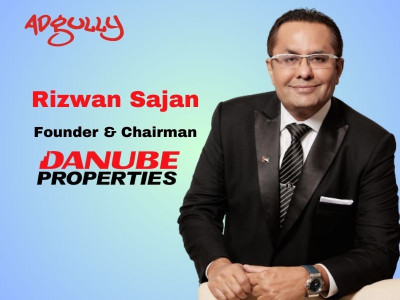
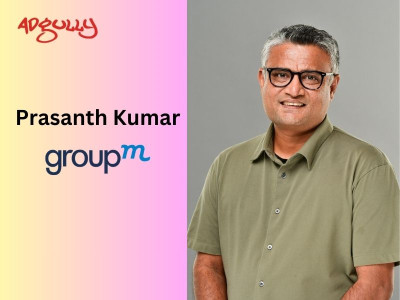


Share
Facebook
YouTube
Tweet
Twitter
LinkedIn